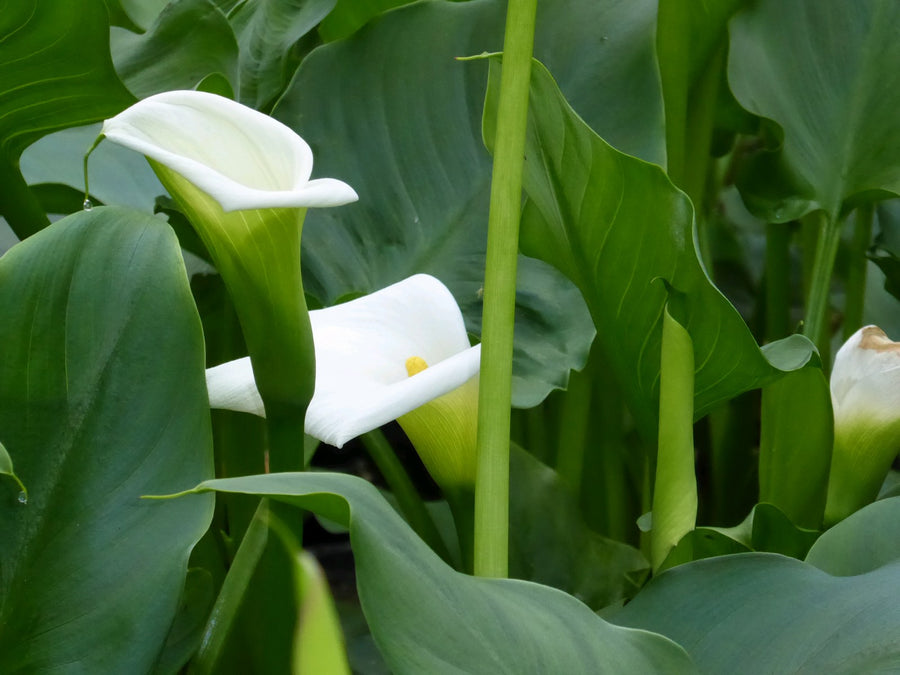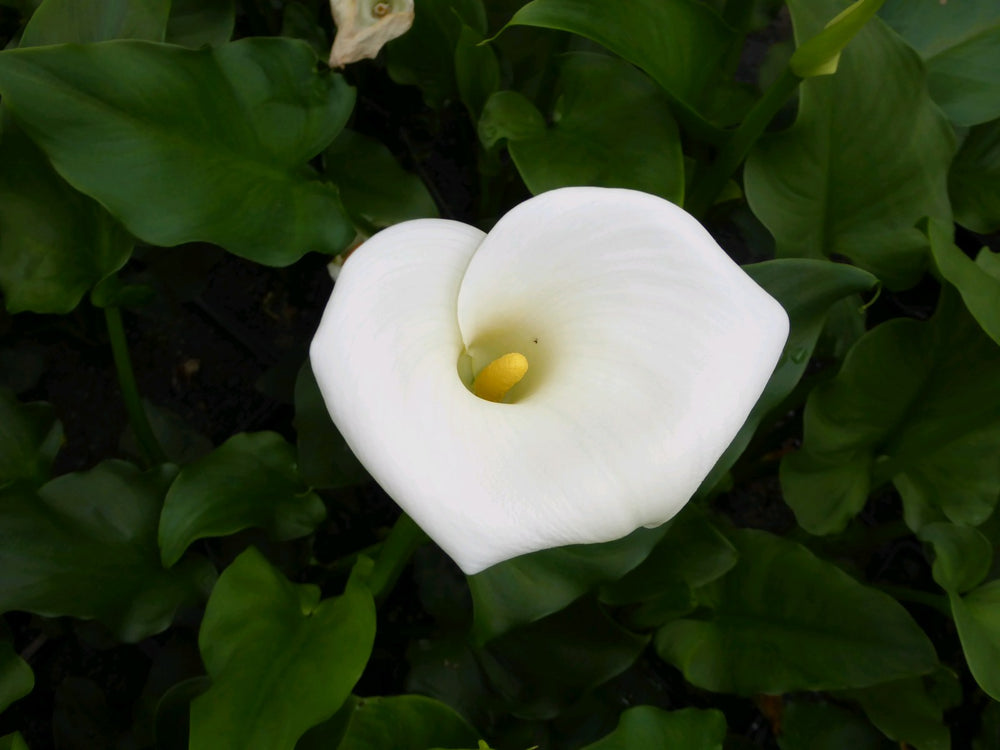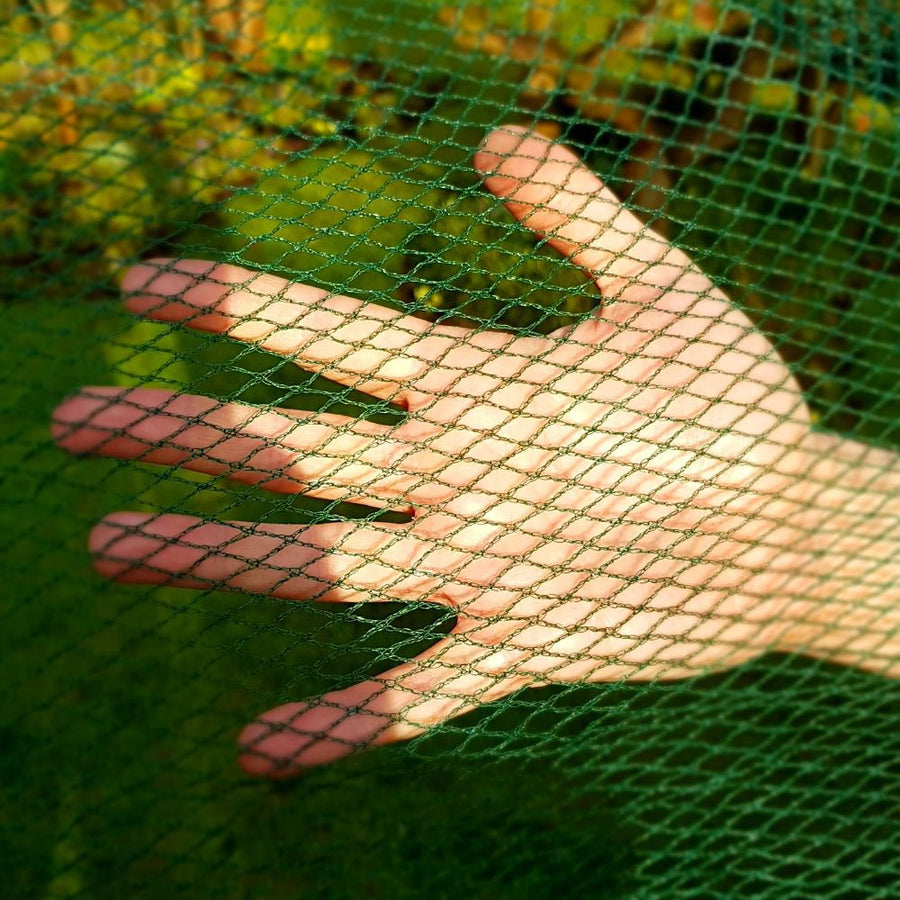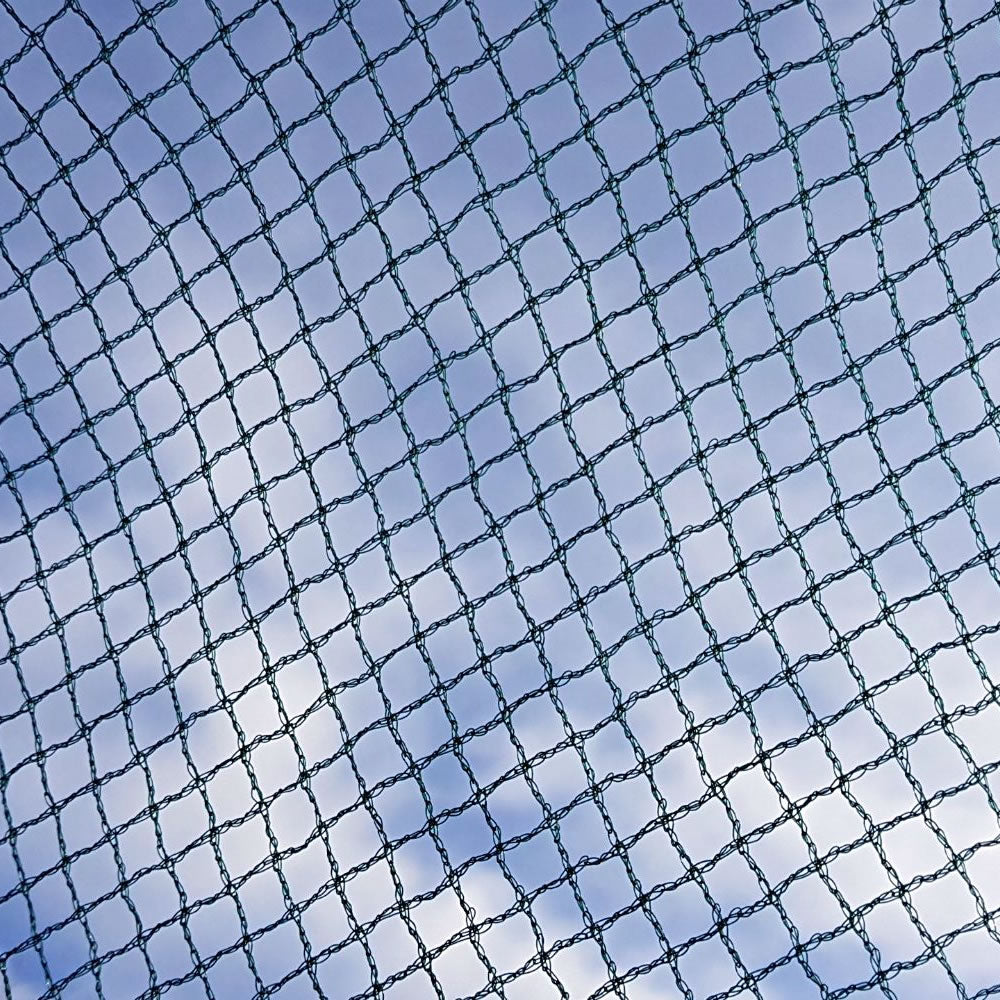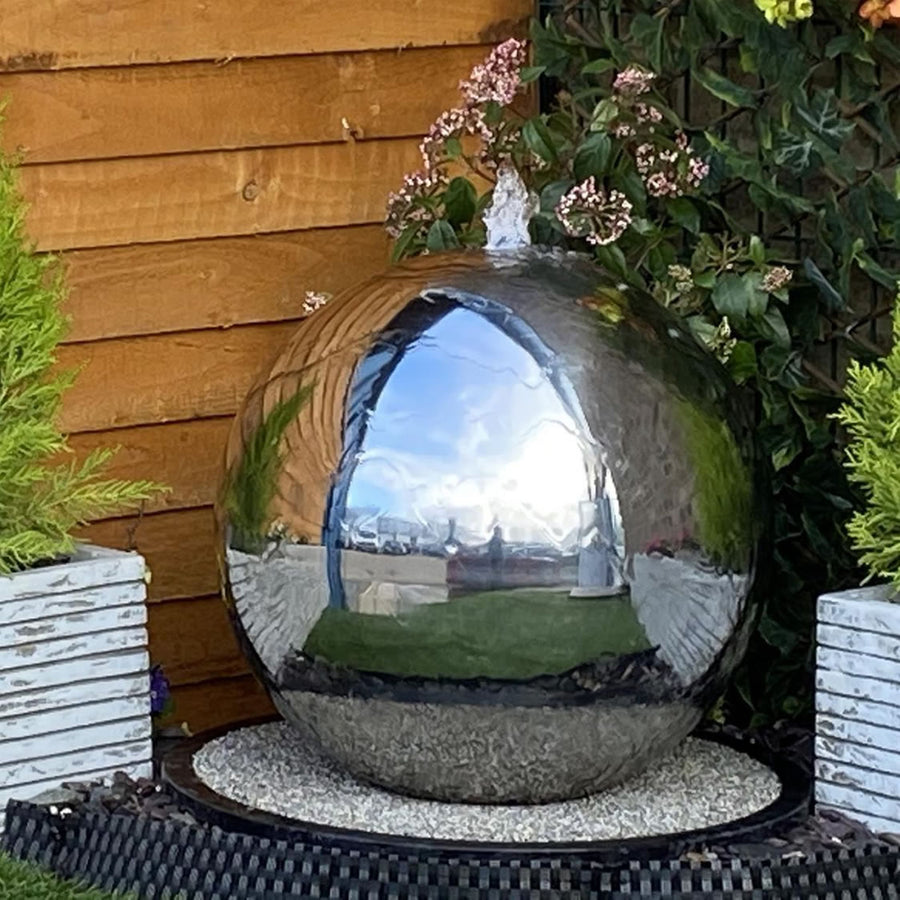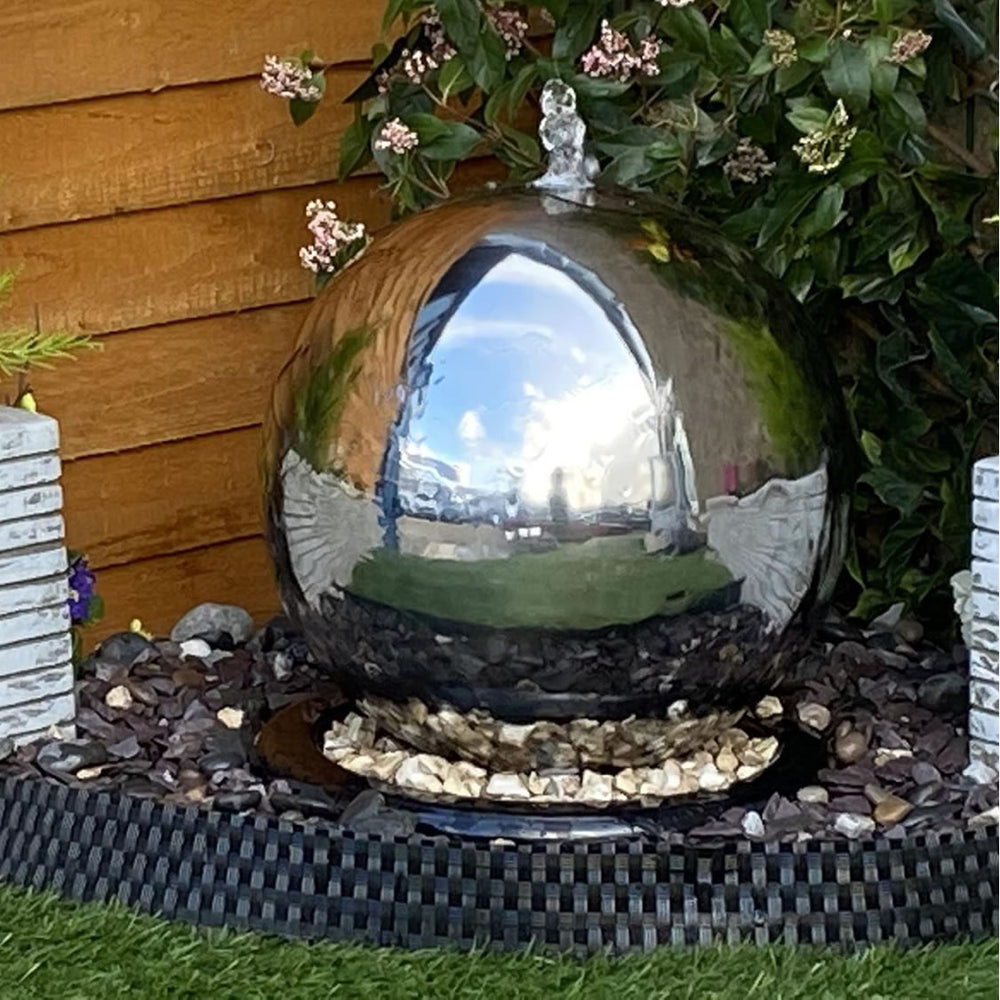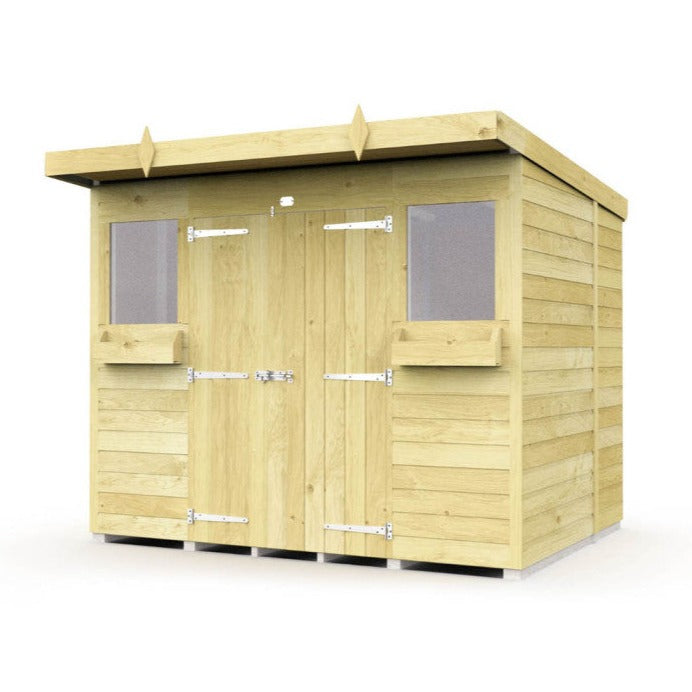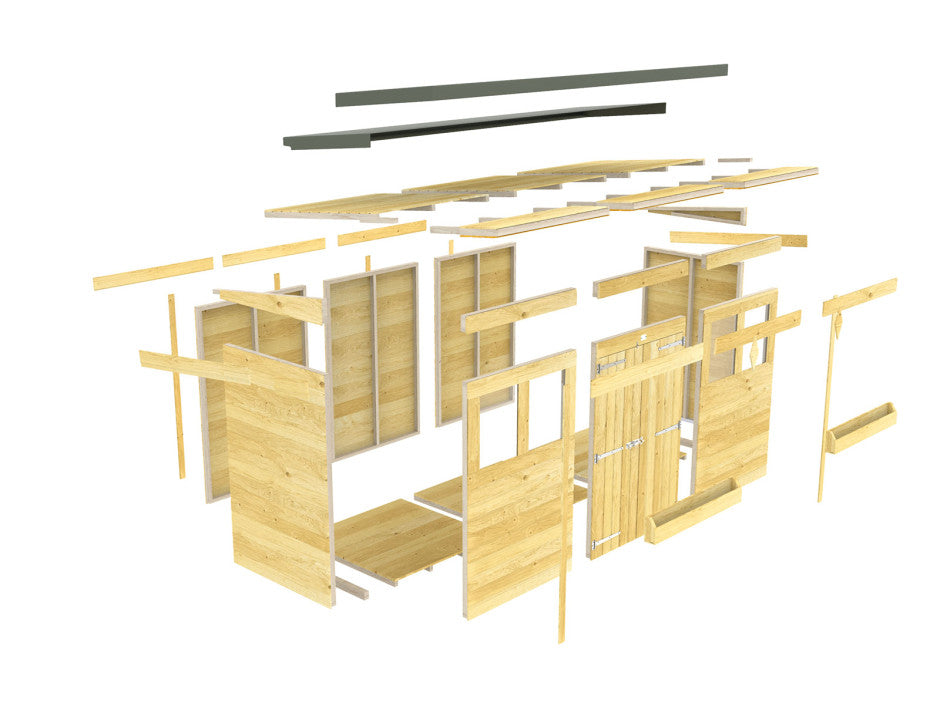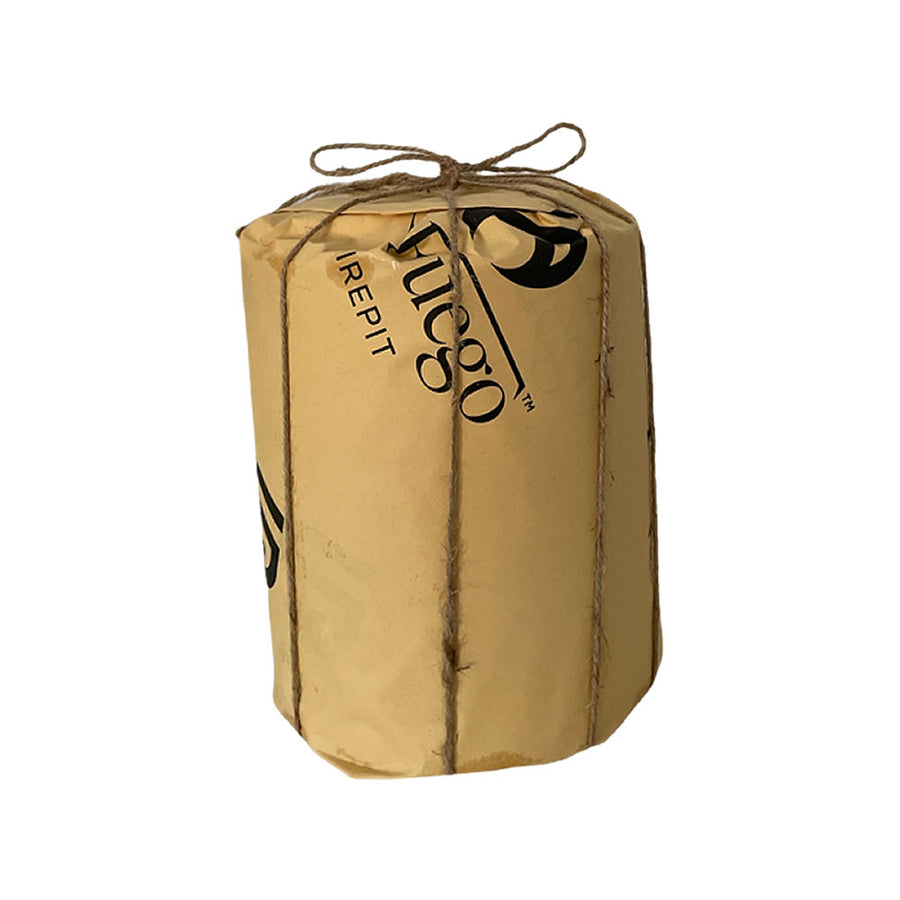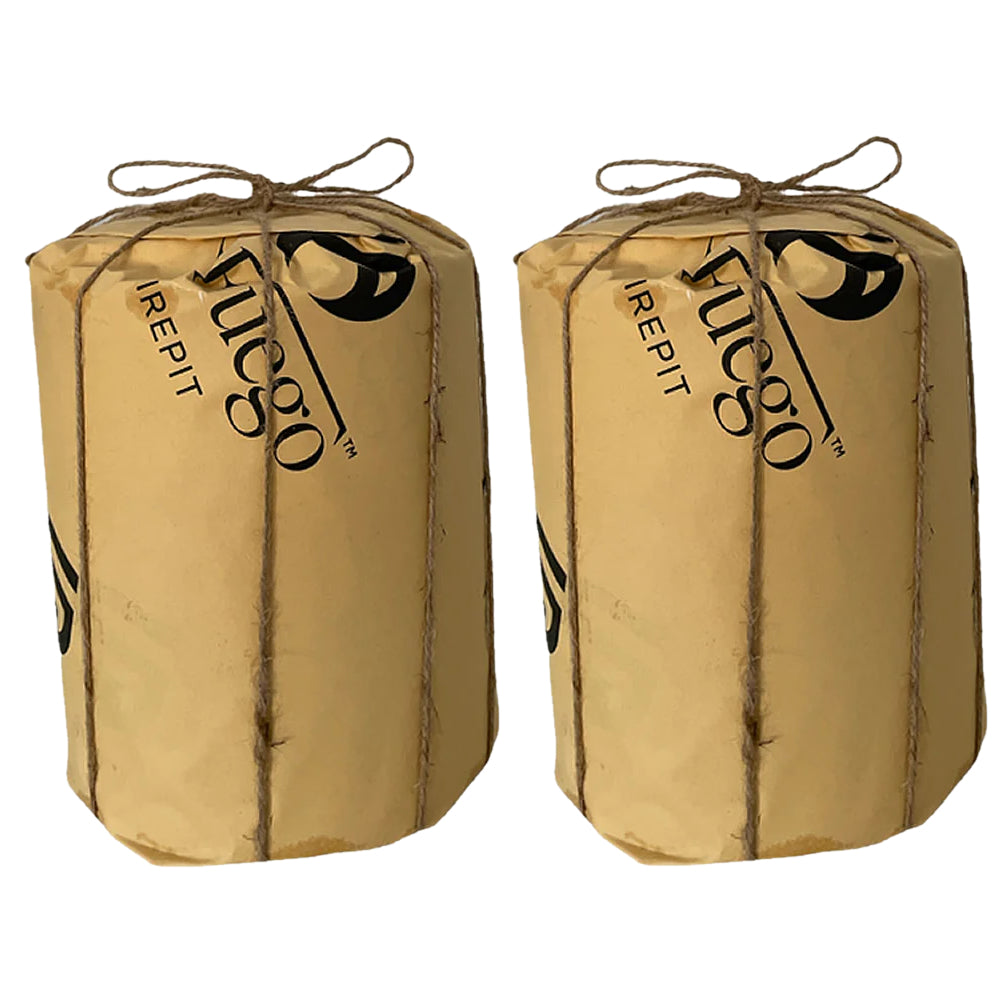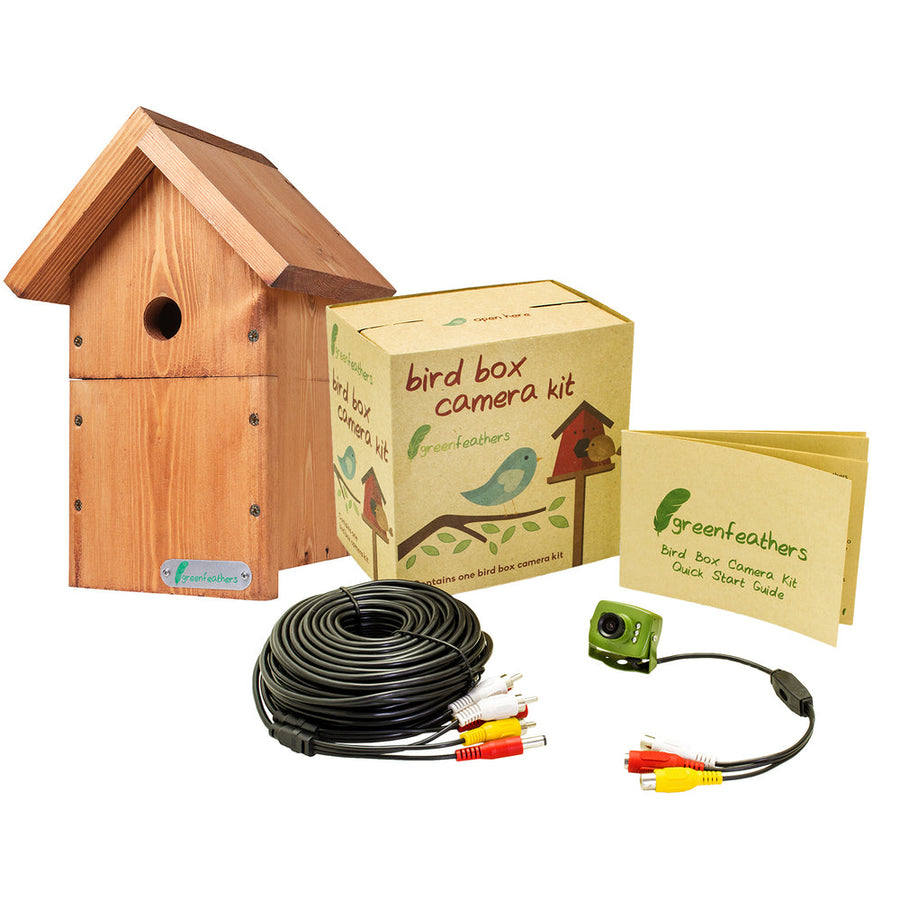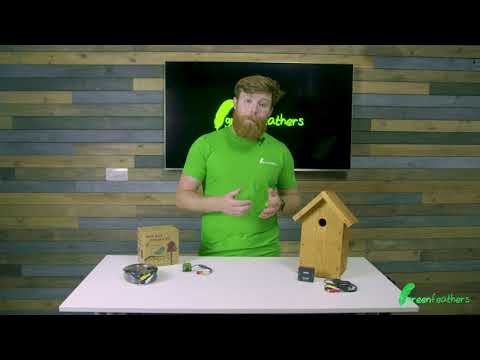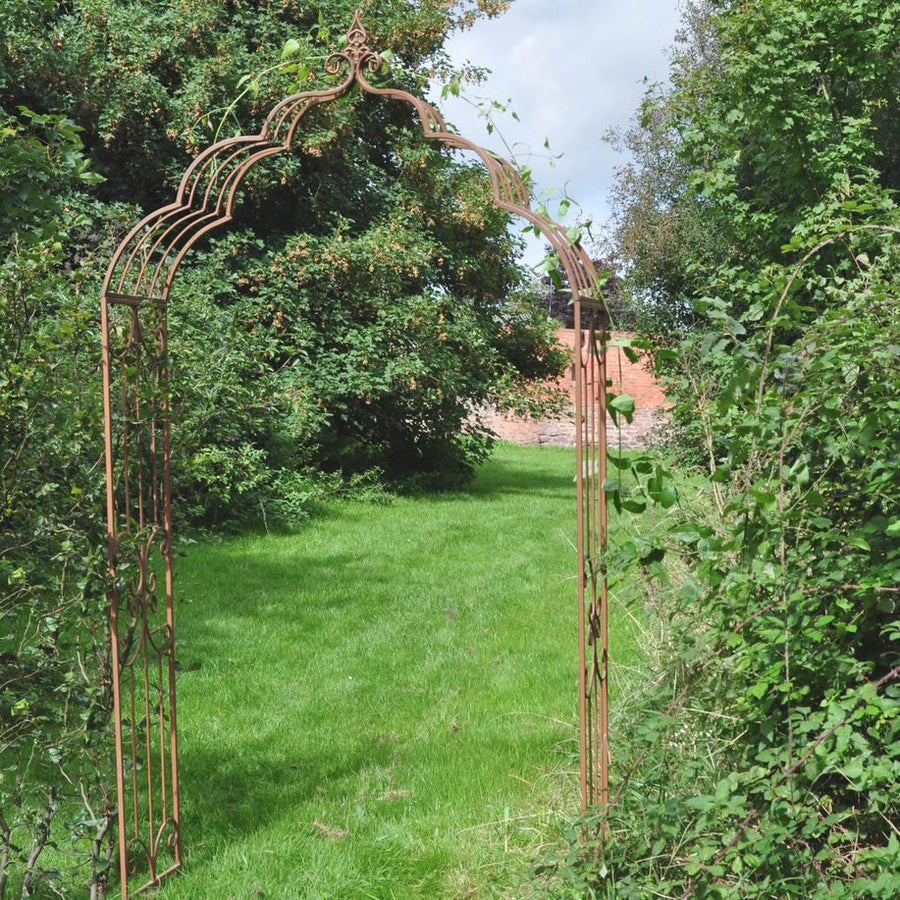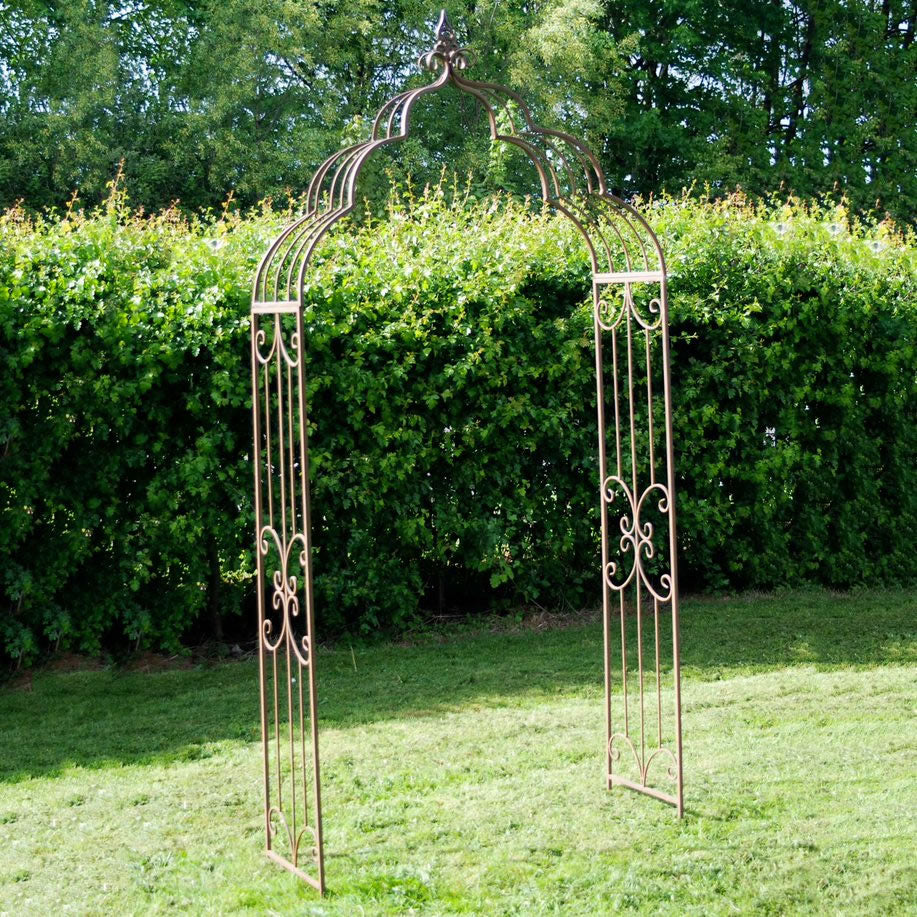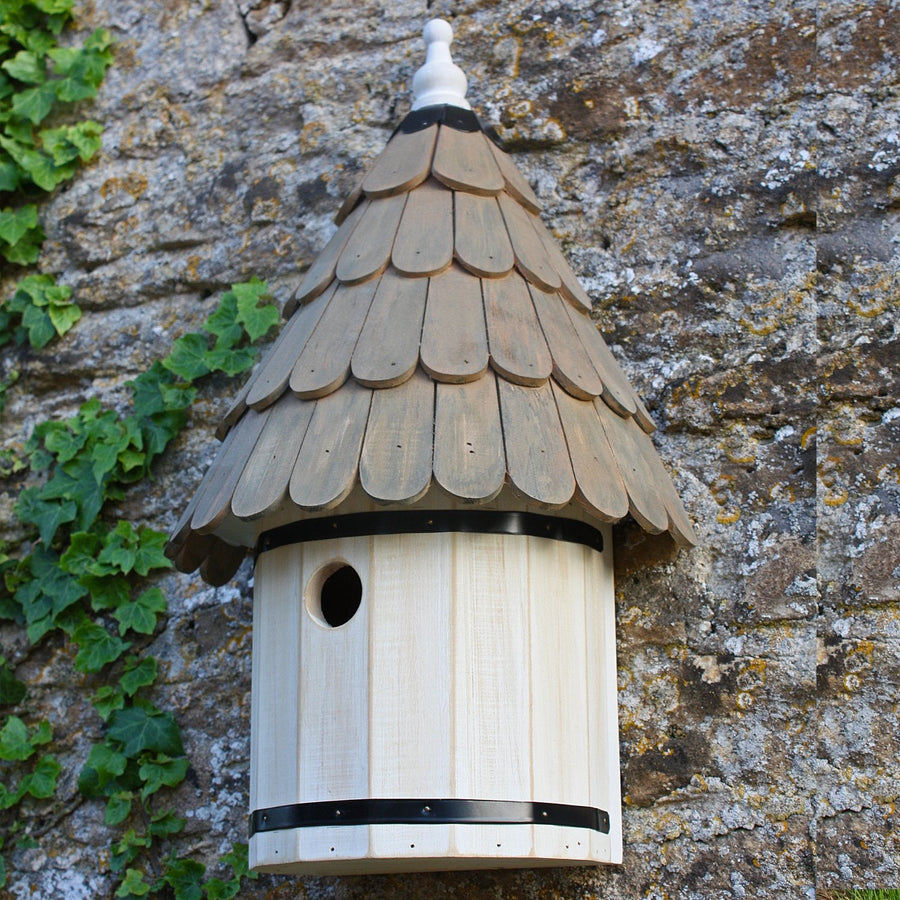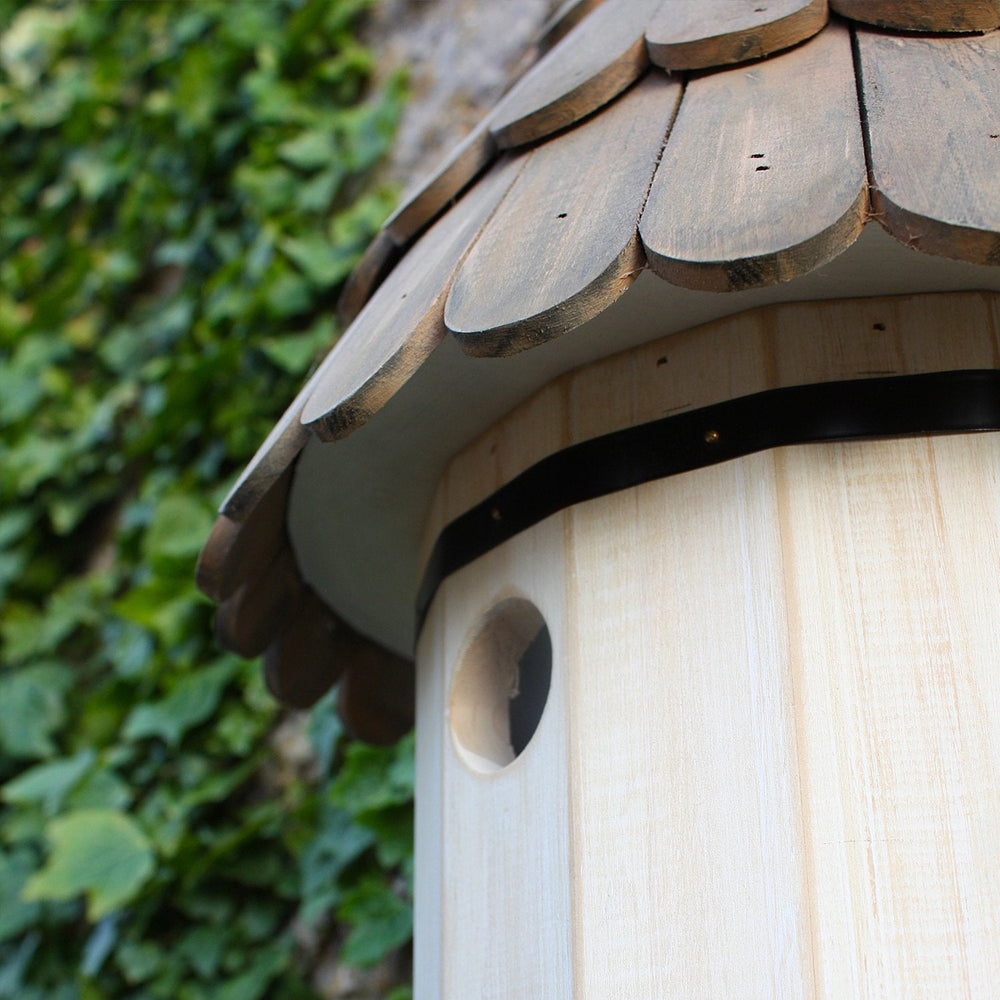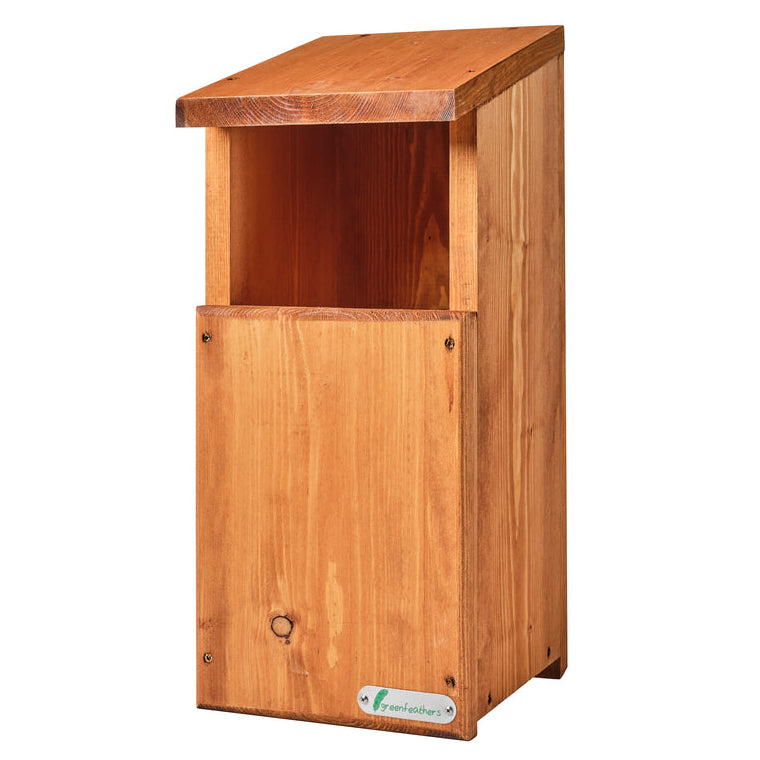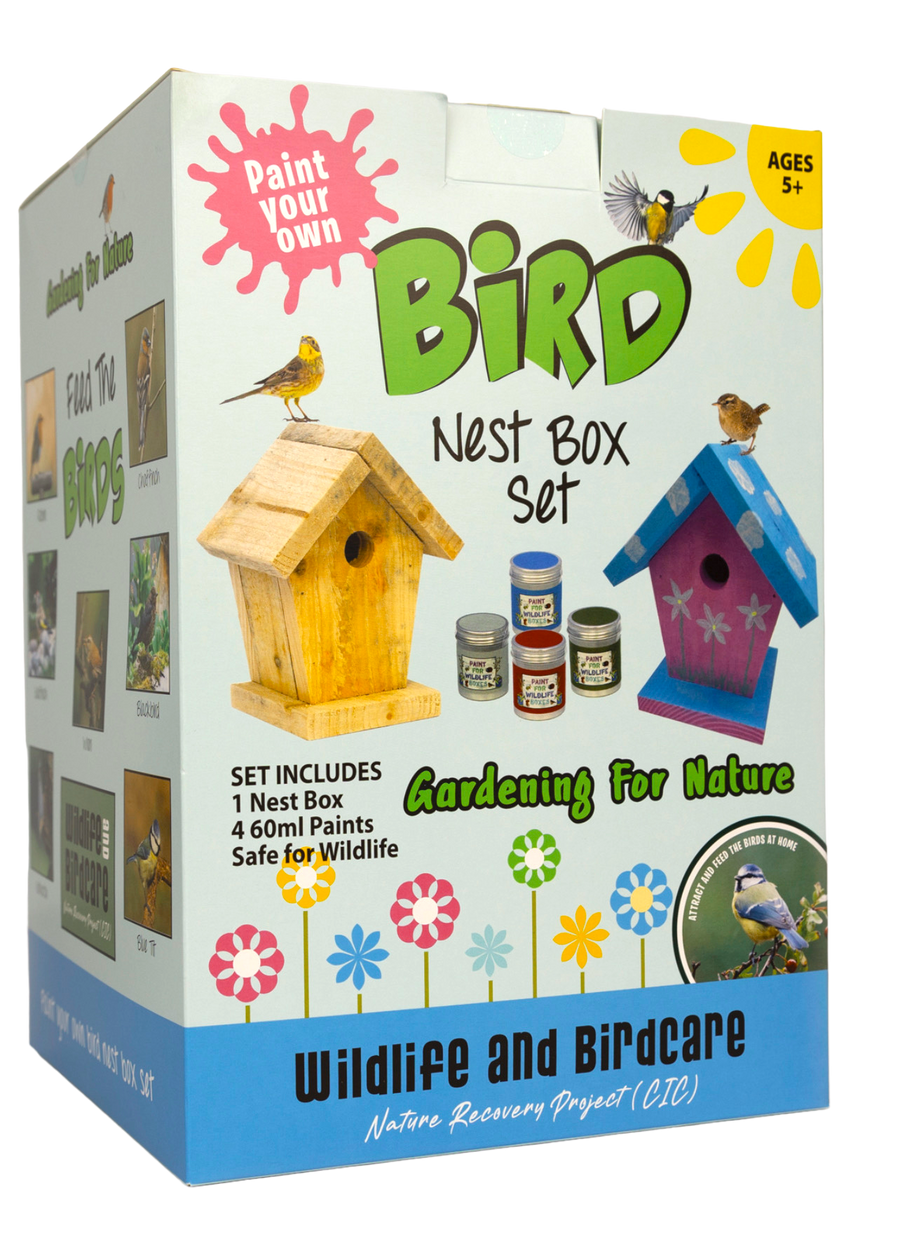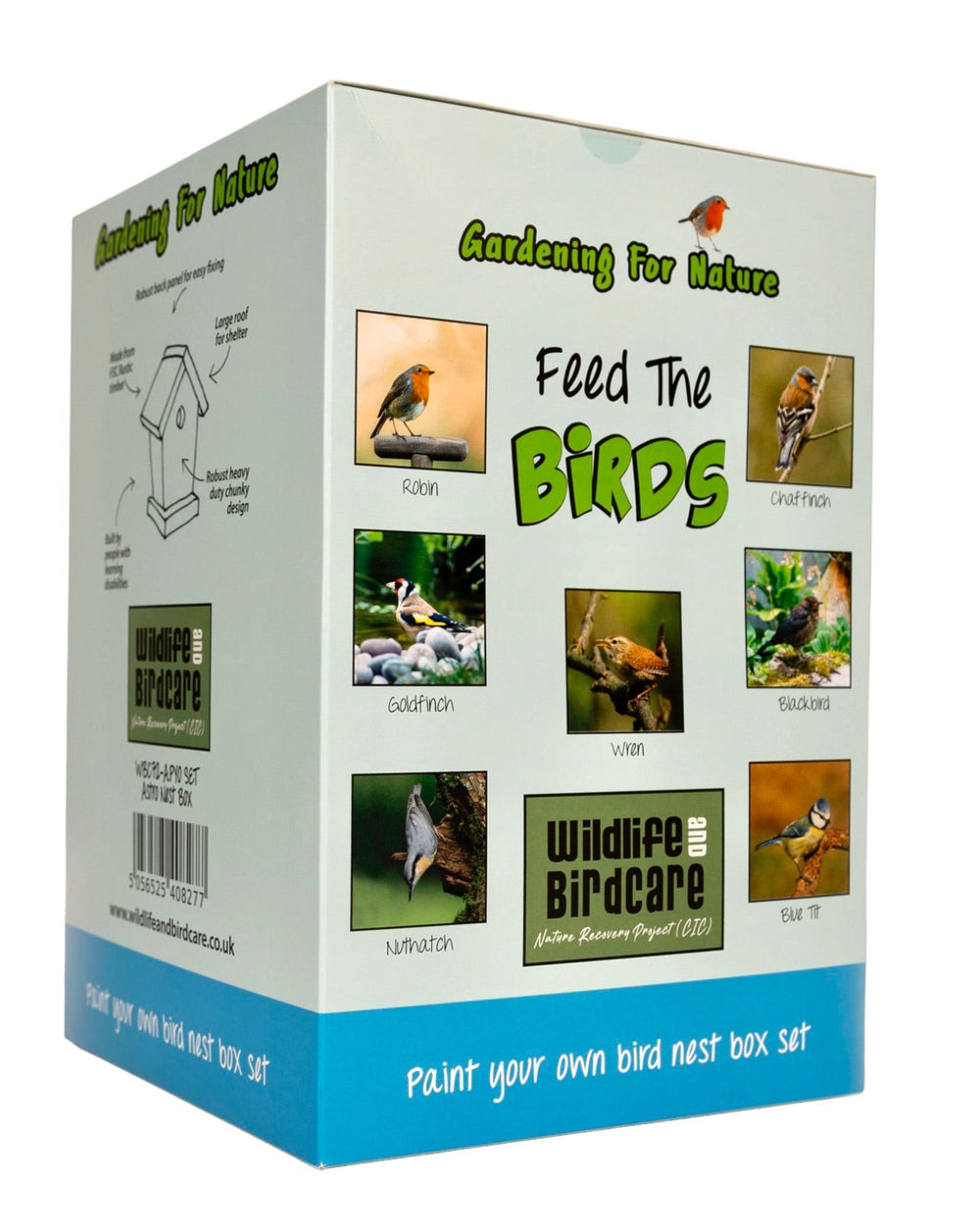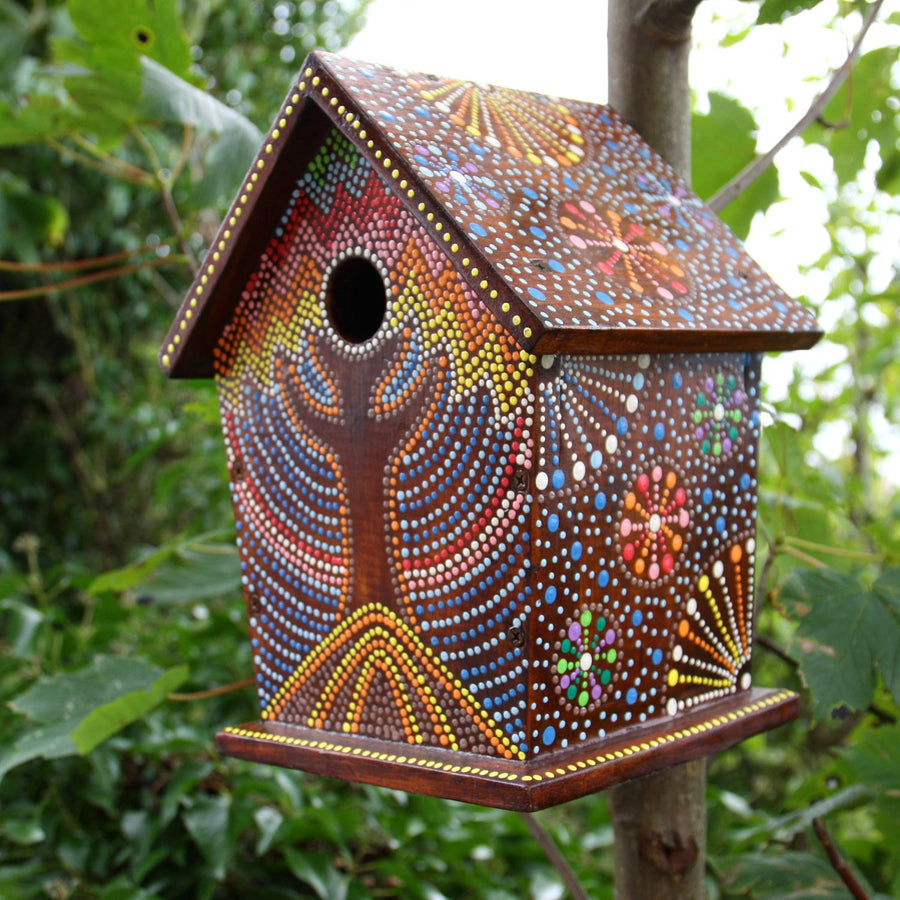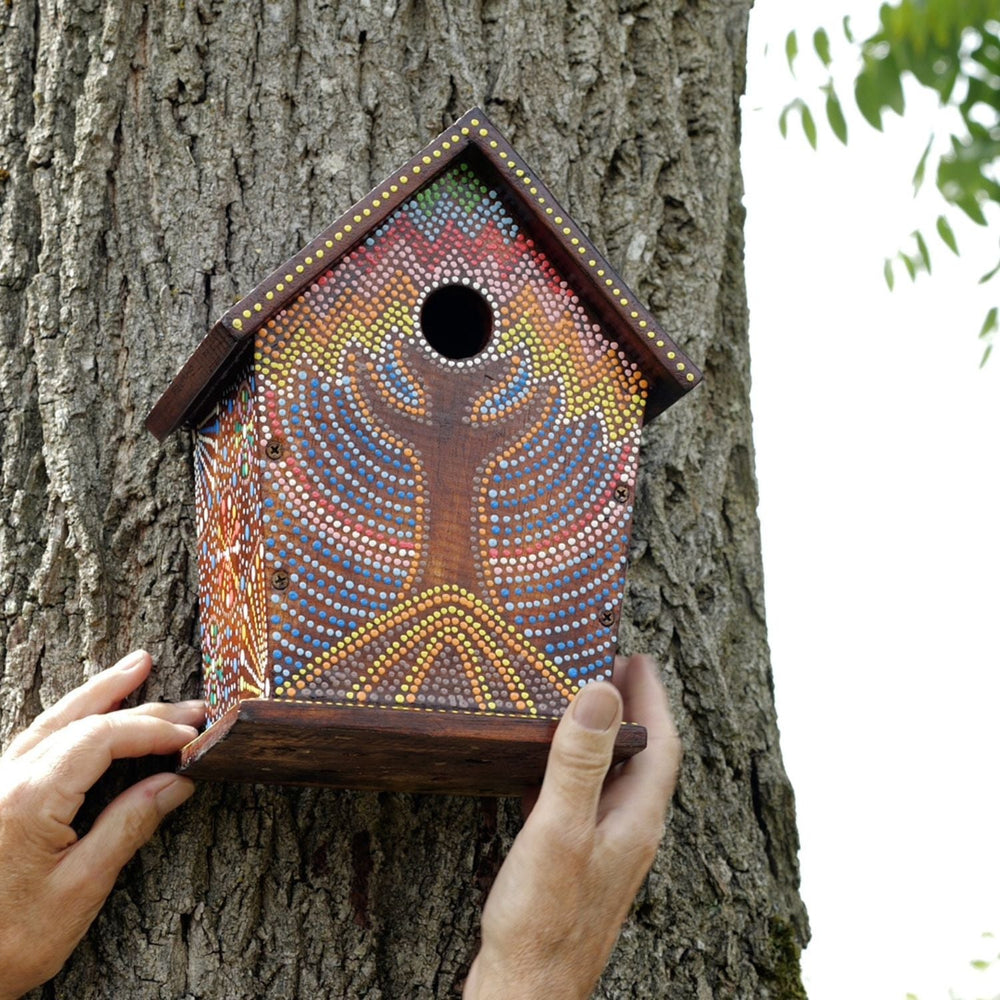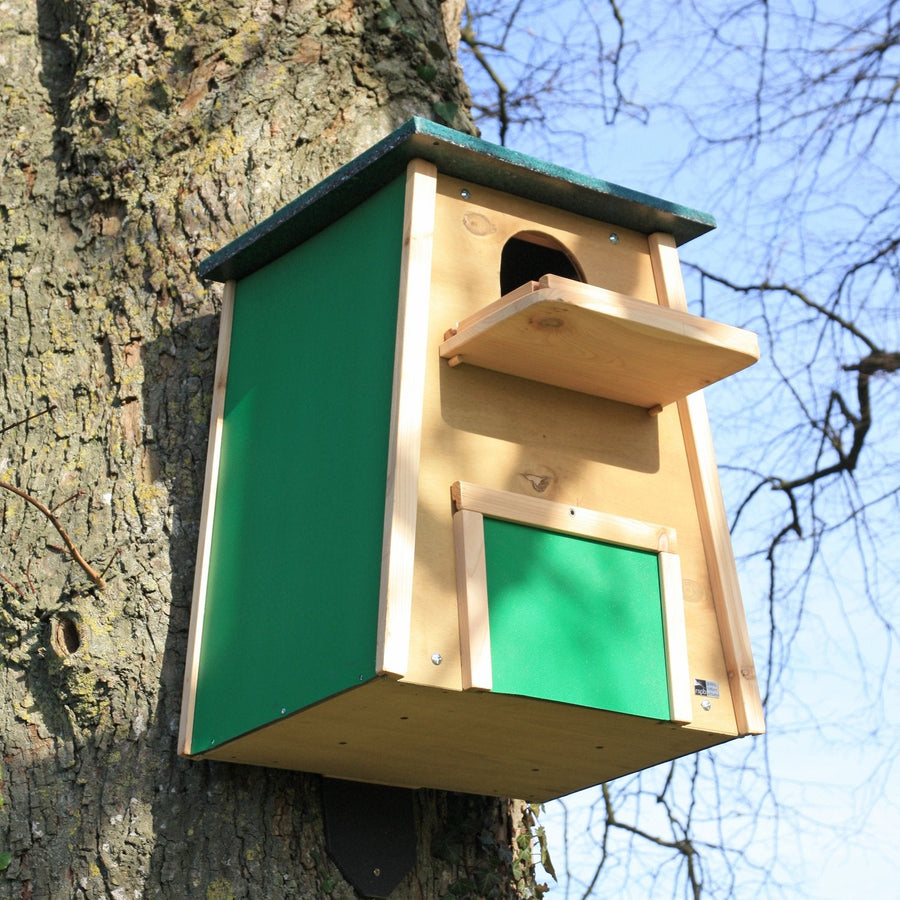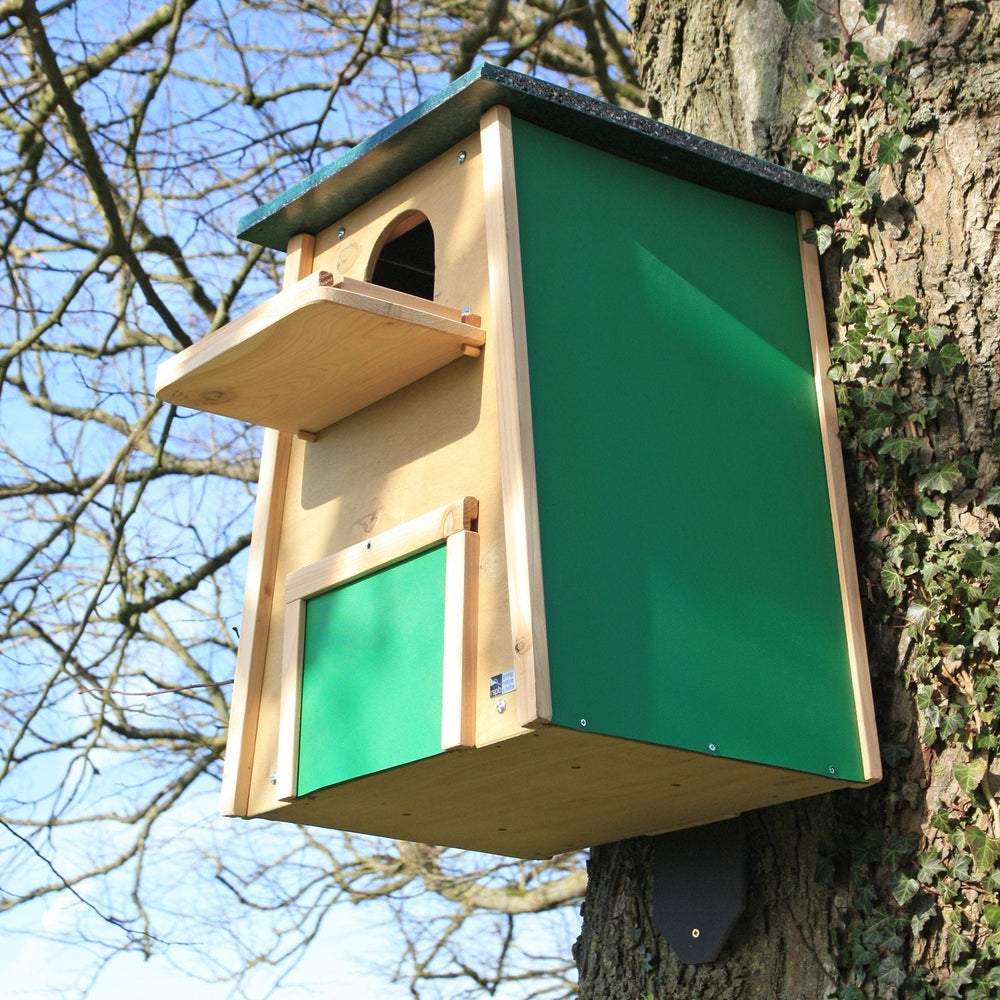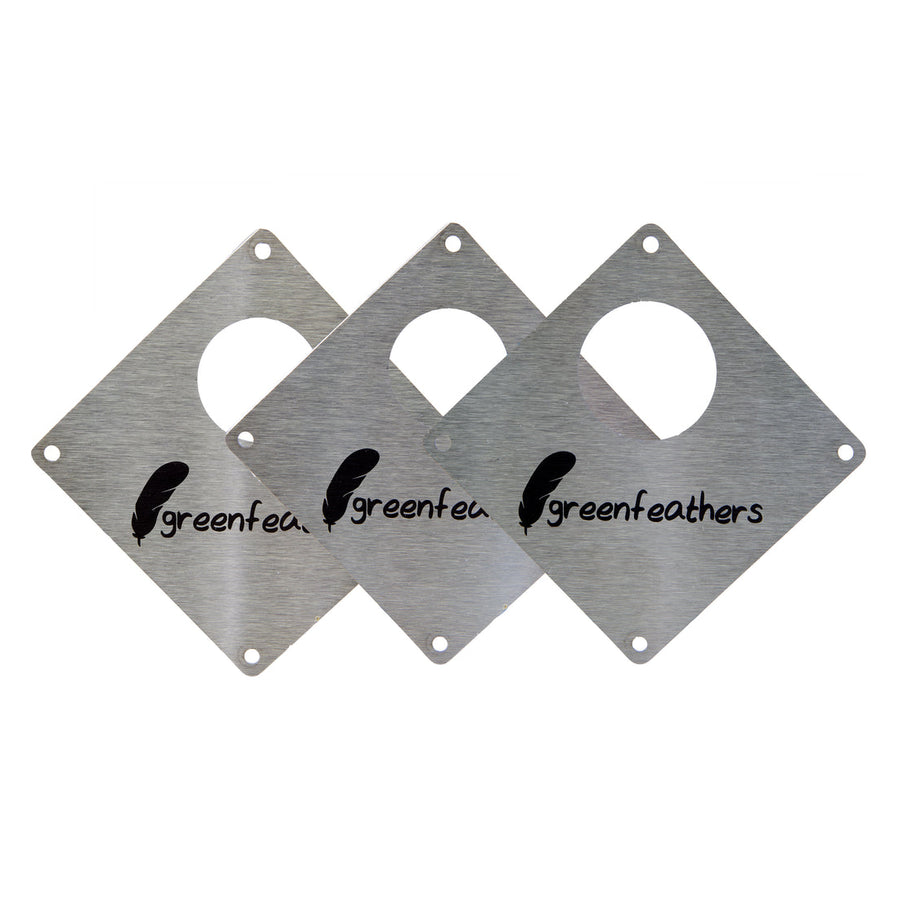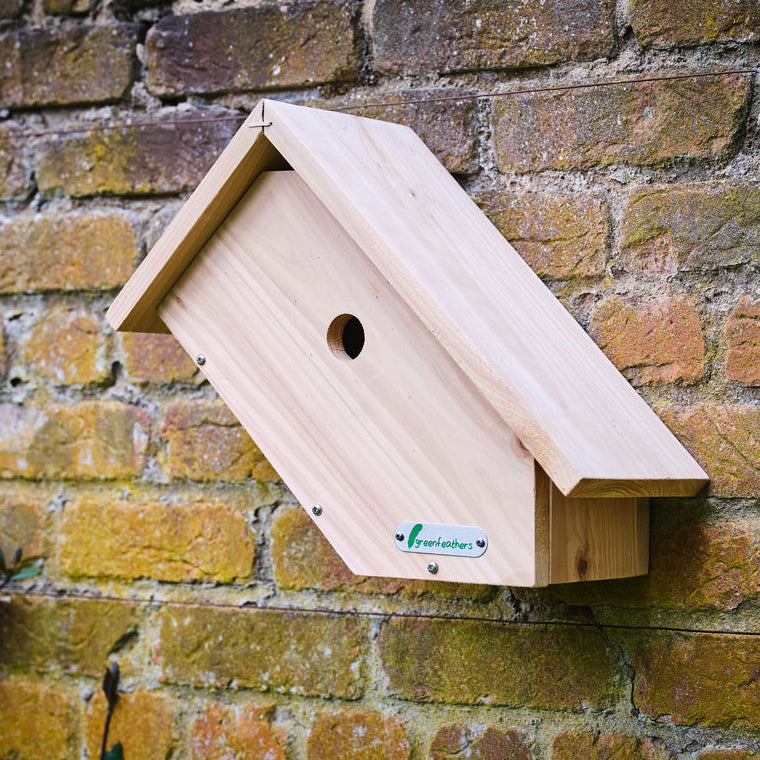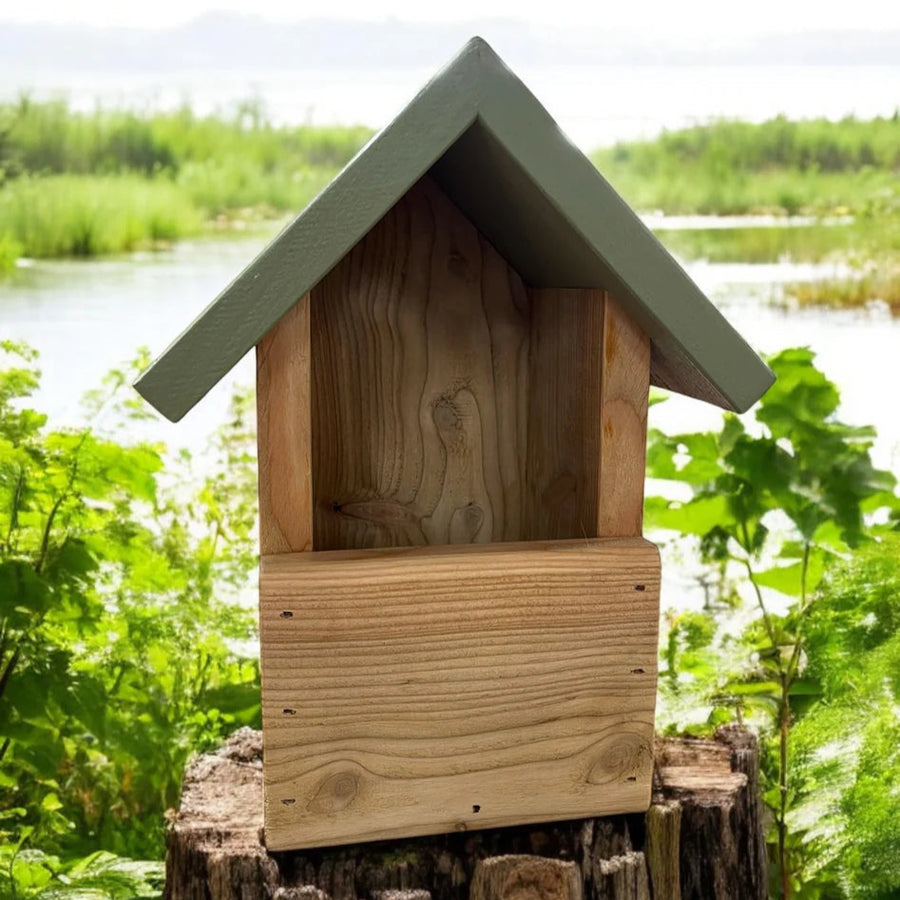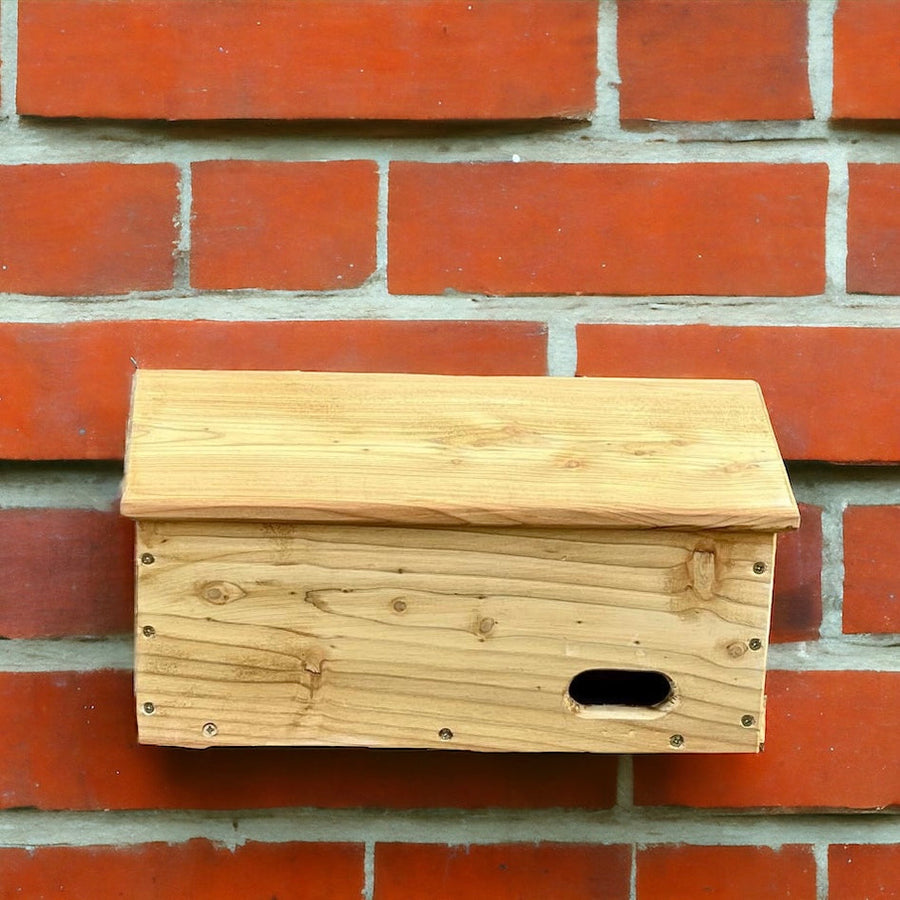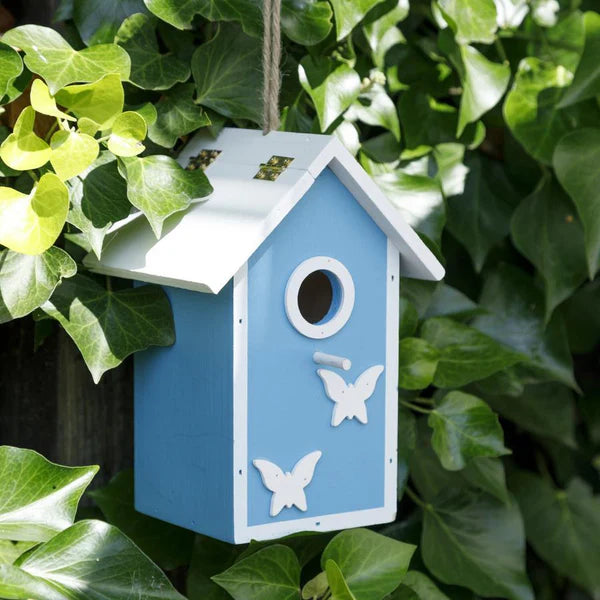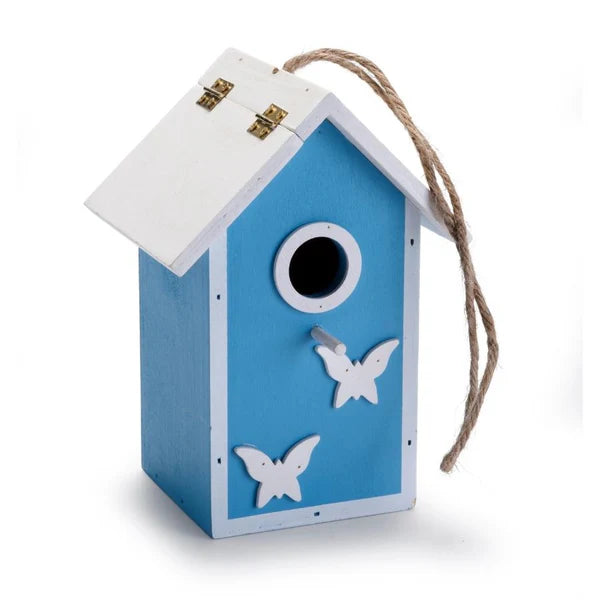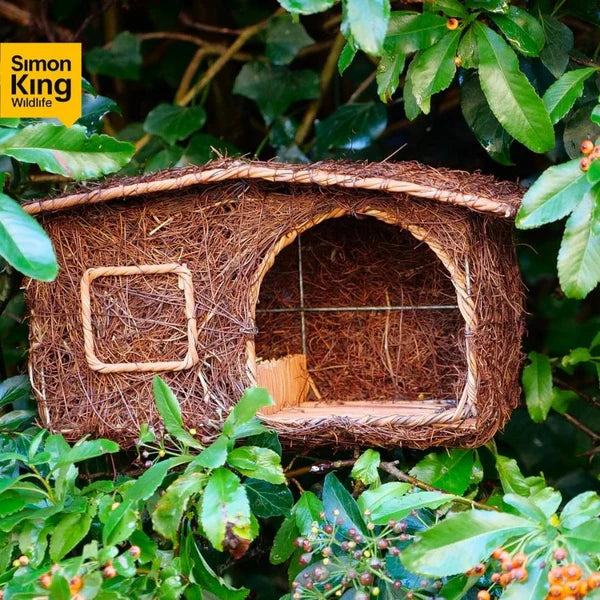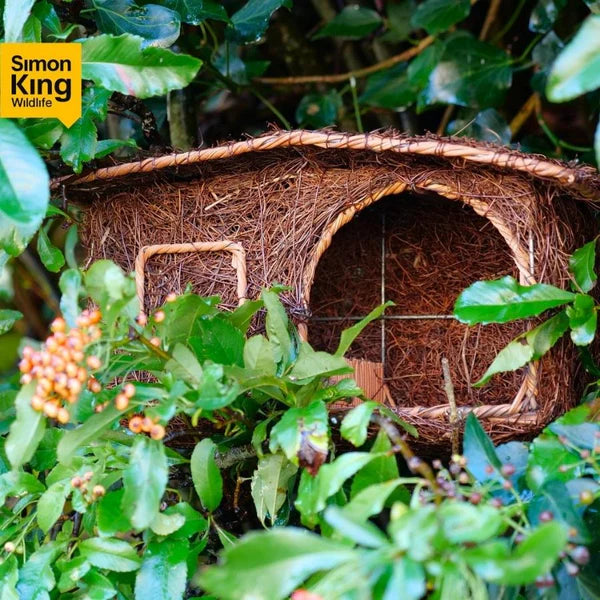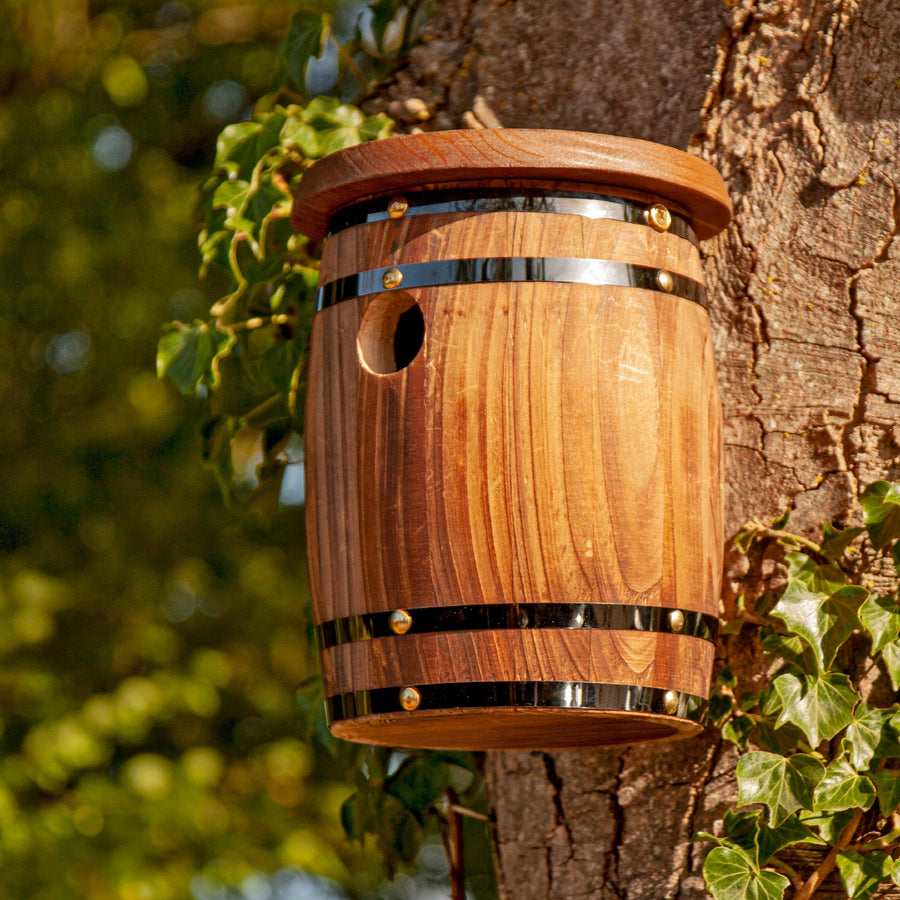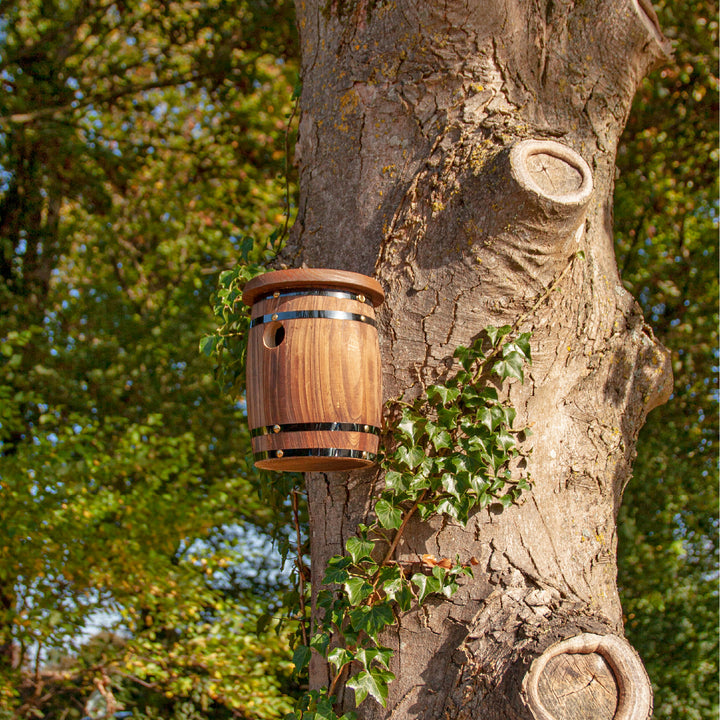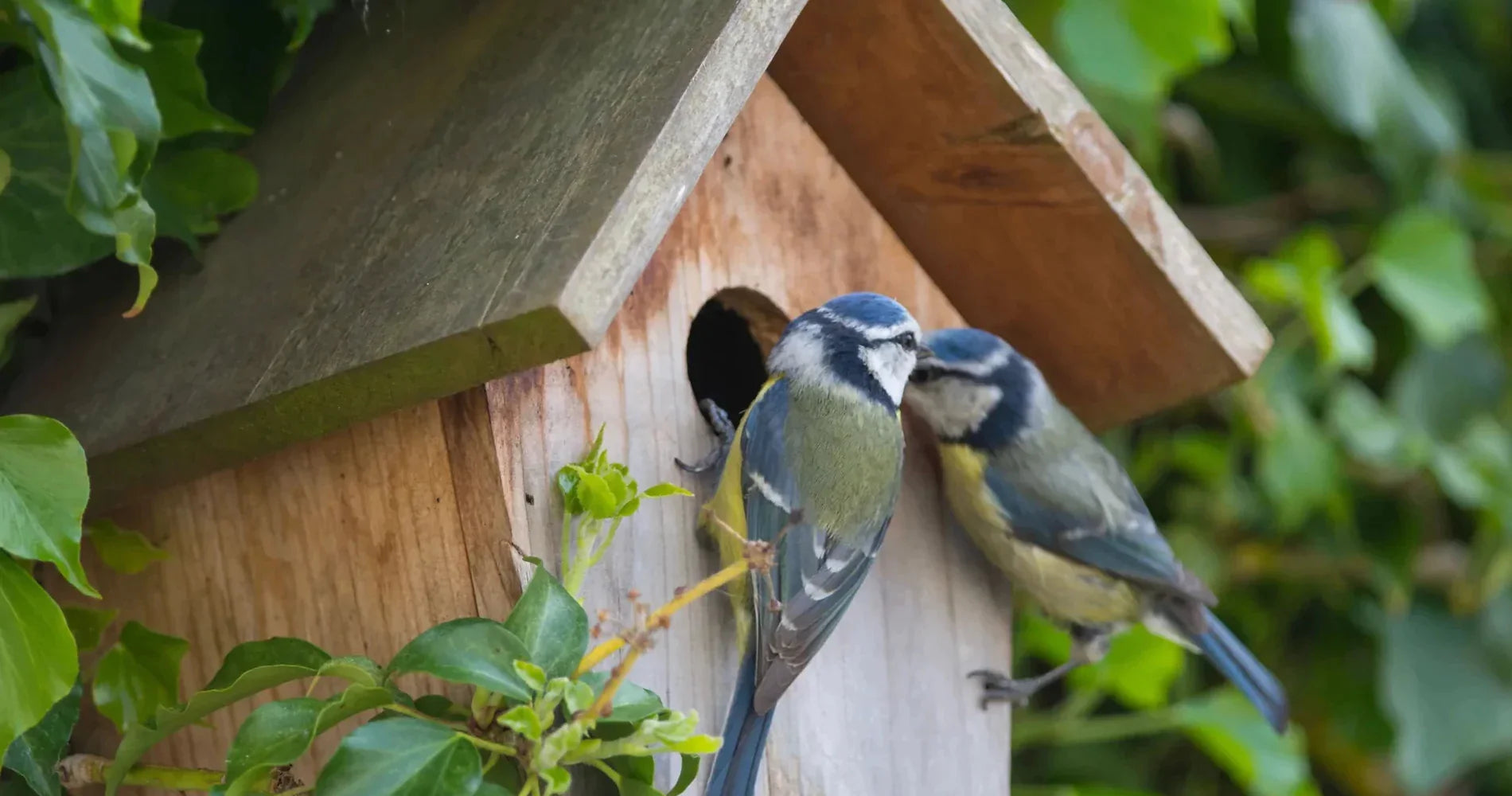
Bird Boxes
With many of our natural nest sites like large, old decaying trees disappearing from our gardens, we can help our garden birds by providing nest boxes.
It is now easier than ever to provide functional and beautiful nesting opportunities for birds in our gardens and outdoor spaces. By putting up boxes in the autumn, you can give much-needed winter refuges for roosting birds. Which possibly increases the chance of them staying and nesting in the spring.
Are bird boxes a good idea?
Providing a safe nesting space for birds is a fantastic way to support local wildlife, promote biodiversity, and enjoy the sights and sounds of nature in your garden. Our carefully crafted bird boxes offer a secure environment for various species, ensuring birds have a place to raise their young away from predators and harsh weather conditions.
Want to Attract More Birds?
Installing a bird box is just the first step! Pair your nest box with bird feeders and high-quality bird food to create a thriving wildlife haven.
How to Choose the Right Bird Box?
Selecting the right bird box depends on several factors, including the species you want to attract, the size of your garden, and where you plan to install it. Below, we break down key considerations to help you find the perfect nesting solution.
Consider Your Garden Size
Small Gardens & Balconies
Opt for compact bird boxes like the WildPod Bird Box, designed for urban settings.
Install on walls, fences, or small trees for easy access.
Pair with bird feeders to attract more species.
Medium-Sized Gardens
Combine traditional wooden nest boxes with open-fronted bird houses to cater to different species.
Position 1-2 meters apart to prevent territorial disputes.
Complement with a bird table for feeding opportunities.
Large Gardens & Woodlands
Consider multi-chamber bird houses to attract a variety of birds.
Space bird boxes at least 10 meters apart to accommodate multiple nesting families.
Enhance with wooden bird feeder stations for a complete wildlife-friendly setup.
Match Bird Boxes to Local Species
Different bird species have unique preferences when it comes to nesting spaces. Choose the right bird box based on the birds commonly seen in your area:
Bird Species | Recommended Nest Box Type | Ideal Entrance Hole Size |
Blue Tit, Great Tit | Small, enclosed nest box | 25-32mm |
Robin, Wren | Open-fronted bird house | Open design |
Sparrow, Starling | Multi-chamber nest box | 32-45mm |
Woodpecker, Nuthatch | Deep wooden bird house | 45-50mm |
Swifts, House Martins | Specialty nest boxes mounted under eaves | N/A |
Not sure which birds visit your garden? Observe their nesting habits and feeding behaviors before selecting a bird box.
Bird Nesting Boxes Placement Tips
Proper placement of your nesting box increases the likelihood of birds moving in. Follow these key guidelines:
Height: Position 2-4 meters above the ground to keep birds safe from predators.
Direction: Face north or east to avoid direct sunlight and harsh winds.
Shelter: Place near trees, shrubs, or hedges for added protection.
Avoid Disturbance: Install away from high-traffic areas and noisy spaces.
Pair your bird box with a bird box camera to monitor nesting activity up close!
Why Install Bird Nesting Boxes?
Birds play a vital role in natural pest control and maintaining a healthy garden ecosystem. By installing nesting boxes, you’ll:
Provide a Safe Shelter – Protect birds from predators and extreme weather
Encourage Biodiversity – Attract different species, from blue tits to robins
Support Declining Bird Populations – Offer nesting sites in areas with fewer natural tree cavities
Reduce Garden Pests – Birds feed on insects, reducing the need for chemical pest control
Enjoy Birdwatching – Experience the joy of seeing birds nest and raise their young
Explore Our Full Collection
Find the perfect bird box for your garden by browsing our range of Bird Boxes. Looking for complementary products? Check out our related collections:
🔗Bird Feeders – Attract more birds with high-quality feeding stations
🔗Bird Food – Provide nutritious seeds and suet to keep garden birds healthy
🔗Bird Box Cameras – Watch nesting activity up close with smart technology
Bird Boxes Installation & Maintenance Tips
Setting up your bird box correctly increases the chances of birds using it for nesting. Regular maintenance also ensures a safe and hygienic environment for returning birds year after year.
Proper Installation for Maximum Success
Follow these expert guidelines to position your nesting box correctly:
Choose the Right Location
Install at 2-4 meters high on a tree, fence, or building.
Face the entrance north or east to shield from extreme sunlight and rain.
Ensure the box is stable and secure to prevent movement in strong winds.
Provide Natural Cover
Place near shrubs or hedges for protection.
Avoid busy areas with frequent human activity or pets.
Keep away from bird feeders to reduce competition between feeding and nesting birds.
Space Multiple Boxes Apart
Different bird species prefer their own space.
Leave at least 10 meters between boxes for territorial birds like robins.
In large gardens, position different styles of bird boxes to attract a variety of species.
Bird Boxes Regular Maintenance for Long-term Use
Keeping your nesting box clean and in good condition ensures it's safe for birds every season.
How to Maintain Your Bird Box?
Task | How Often? | Why It's Important? |
Clean out old nests | Every autumn (Sept–Oct) | Prevents parasites and bacteria buildup. |
Check for damage | Annually | Fix loose fittings, cracks, or water damage. |
Secure mounting | Before each nesting season | Ensures the box is stable and safe. |
Treat wood (if needed) | Every 2-3 years | Use wildlife-safe wood preservative to prolong lifespan. |
Monitor usage | Ongoing | Helps track which birds are using your box. |
Avoid disturbing the box during nesting season (March–August) to prevent distressing birds.
Protecting Birds from Predators
To keep nesting birds safe from predators like cats and squirrels:
Use metal entrance hole plates to prevent enlarging by woodpeckers.
Avoid perches—birds don’t need them, but predators can use them to attack nests.
Install a baffle below the box if mounting on a pole.
By following these installation and maintenance tips, your bird box will provide a safe, durable home for birds, increasing the chances of repeat visitors each year!
Frequently Asked Questions (FAQs)
Where Should a Bird Box Be Placed?
A bird box should be positioned:
✔️ 2-4 meters above the ground to keep birds safe from predators.
✔️ Facing north or east to prevent overheating and avoid prevailing winds.
✔️ Near trees, shrubs, or hedges for protection but with a clear flight path to the entrance.
✔️ Away from high-traffic areas and artificial light sources.
If you're placing multiple nesting boxes, make sure they are spaced properly—some birds prefer solitude, while others thrive in communal setups.
What Time of Year Do Birds Nest in Bird Boxes?
In the UK, birds typically nest between March and August, with peak activity in April and May. Some species, like robins, may nest multiple times within a season.
To attract nesting birds, it's best to install nest boxes in autumn or winter so birds can familiarize themselves with the site before breeding season begins.
Should You Remove Old Nests from Bird Boxes?
Yes, cleaning bird boxes is essential for preventing parasites and diseases.
✔️ Remove old nests between September and February, once chicks have fledged.
✔️ Wear gloves and use hot water only—avoid chemicals that could harm birds.
✔️ Allow the box to fully dry before reinstalling.
Never remove nests during the breeding season (March–August), as it is illegal under UK wildlife protection laws.
When to Clean Out Bird Nest Boxes UK?
The best time to clean nesting boxes in the UK is between September and February. Cleaning helps prevent the spread of mites and bacteria, ensuring the box is safe for the next breeding season.
Can You Put Bird Boxes Near Each Other?
It depends on the species.
✔️ Social birds (e.g., house sparrows, starlings) can have boxes placed closer together or in multi-chamber nest boxes.
✔️ Territorial birds (e.g., blue tits, robins, wrens) require at least 2-3 meters of space between boxes.
✔️ If installing multiple boxes for the same species, space them at least 10 meters apart.
Where to Put Bird Boxes?
Bird boxes should be placed in:
✔️ Quiet, sheltered areas, away from strong winds and heavy rain.
✔️ A north or east-facing direction to prevent overheating.
✔️ A location with a clear flight path, away from windows or feeding stations.
For communal nesting species like sparrows, consider placing multiple nest boxes in a grouped setup.






